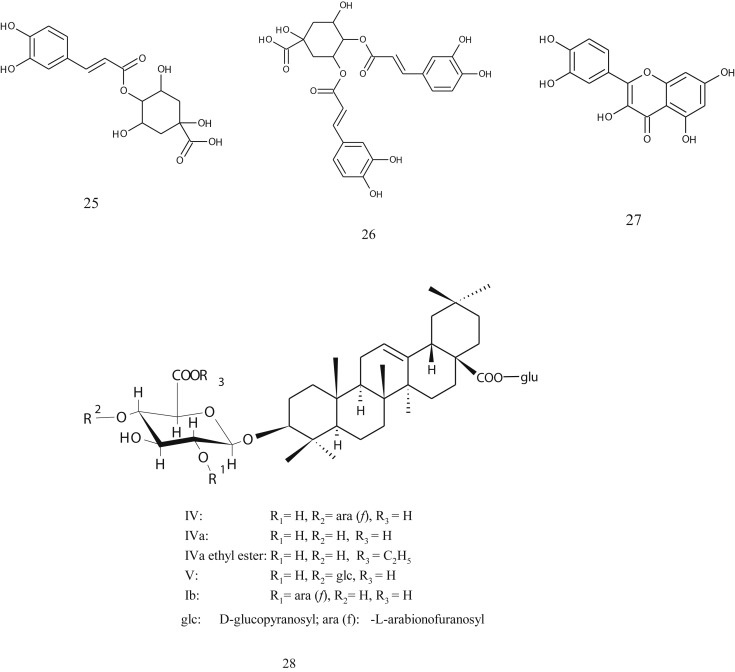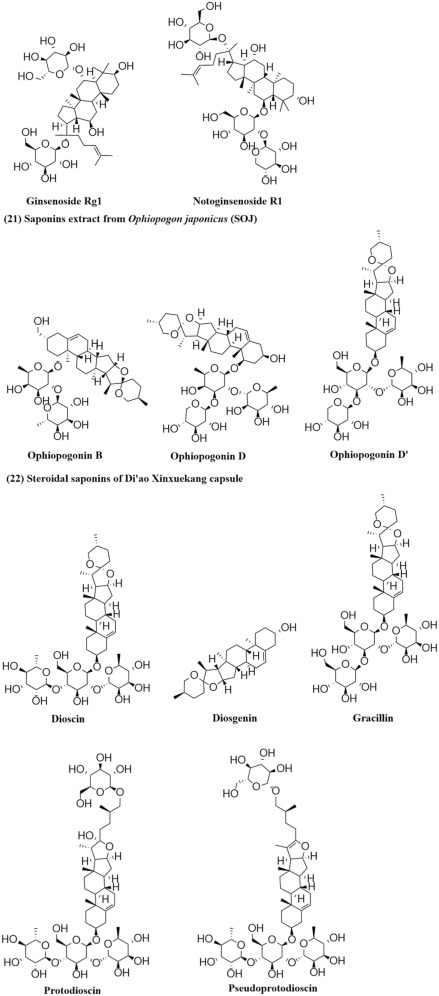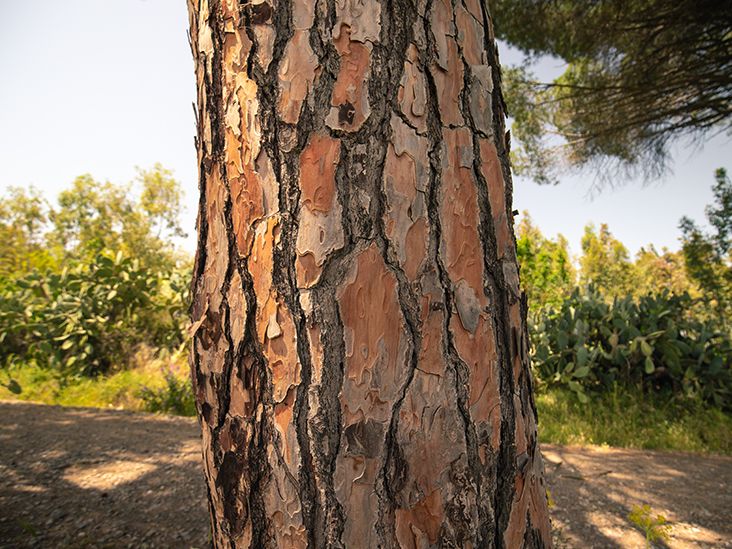Alright, so folks have been asking me about this Wu Jia Pi thing, or Acanthopanax, whatever fancy name you want to call it. I figured I’d share my own little journey with it, since I actually gave it a whirl a while back. No doctor here, just telling you what I did and what I saw, plain and simple.
How I Stumbled Upon It
It all started a couple of years ago. I was feeling a bit rundown, you know? Not sick, just… creaky. My back would ache after sitting too long, and my knees weren’t what they used to be, especially when the weather turned damp. An old auntie of mine, she’s always into her traditional remedies, kept going on about Wu Jia Pi. Said her grandpappy swore by it for “strengthening bones and tendons,” whatever that really means.
I’m usually a bit skeptical about these things, but heck, I was willing to try almost anything to get rid of that constant, dull ache. So, I thought, why not?
Getting My Hands on Wu Jia Pi and First Impressions
My first step was actually finding the stuff. I went down to this old herbal shop in the city, the kind that smells like a thousand different dried things. The shopkeeper, a wise old fella, pulled out these dried, woody-looking pieces of bark. He called it “Cortex Acanthopanacis.” Looked like bits of tree, honestly.

He told me I could boil it into a tea or soak it in wine. The wine idea sounded a bit more appealing, but I figured I’d start simple. He weighed out a small bag for me, gave me some rough instructions, and off I went.
My Little Experiment: The Daily Grind
So, here’s what I did. Every morning, I’d take a few small pieces of the bark – the shopkeeper said about 10-15 grams, I just eyeballed it mostly – and simmered them in water for about 20 minutes. It made a kind of earthy-smelling tea. The taste? Well, it wasn’t exactly my morning coffee, let me tell you. A bit bitter, a bit woody. But I choked it down.
I kept this up for, oh, about six weeks, I reckon. Figured if it was going to do anything, I’d give it a fair shot. Some days I almost forgot, but I tried to be consistent. I didn’t change anything else in my routine, not my diet, not my (lack of) exercise. Wanted to see if this stuff alone made any difference.
What I Noticed (Or Thought I Noticed)
Now, here’s the interesting part. After about two or three weeks, I started to feel… different. It wasn’t like a lightning bolt or anything dramatic.

- Less Achy: The first thing I noticed was that my lower back didn’t scream at me as much when I got out of my chair. My knees still made some noise, but it felt like they were moving a bit more smoothly.
- A Bit More Pep?: This one’s harder to pin down, but I felt like I had a tad more energy in the afternoons. Usually, I’d hit a slump around 3 PM, but that seemed to ease up a bit. Could’ve been a placebo, who knows?
- Didn’t Cure Everything: Let’s be real, it didn’t make me feel 20 again. I still had my off days. It wasn’t some miracle cure that fixed all my problems.
I kept a little mental note of how I was feeling each day. Nothing fancy, just a general “good day” or “meh day” for my joints.
So, What’s the Verdict from My End?
After those six weeks, I stopped the daily tea. The aches didn’t immediately come roaring back, which was good. I still have some Wu Jia Pi in the cupboard. Sometimes, if I feel particularly stiff or if the weather’s bad, I’ll brew a cup. Don’t do it regularly anymore, though.
My takeaway? For me, personally, it seemed to offer some mild relief, especially with joint stiffness. It wasn’t a game-changer, but it was a noticeable little improvement. I wouldn’t tell anyone to ditch their doctor’s advice for it, absolutely not. But as a little something extra, from my own experience, it didn’t do any harm and might have helped a bit.
Important bit: This is just my story. Everyone’s body is different. What worked, or seemed to work, for me might do nothing for you, or work even better. If you’re thinking about trying it, maybe chat with someone who actually knows about herbs properly, not just an old blogger like me!



